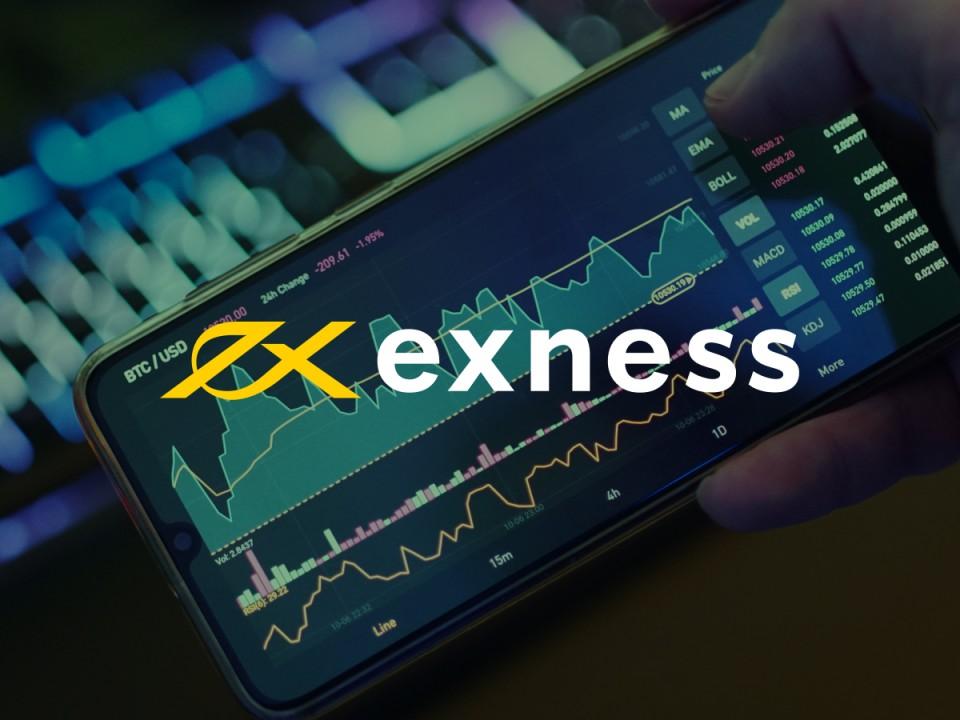
Exness Fees: A Detailed Overview
When trading with any broker, understanding the associated costs is vital. This is especially true for Exness, a popular trading platform known for its competitive pricing. In this guide, we will dive deep into Exness Fees Exness 费用, explaining various fees such as spreads, commissions, withdrawal and deposit fees, and other relevant costs that traders may encounter.
1. Overview of Exness
Founded in 2008, Exness has gained a reputation for providing a user-friendly trading environment alongside competitive pricing structures. The broker operates under multiple regulations, ensuring compliance with international standards, which provides traders with peace of mind. Understanding Exness’s fee structure can significantly impact your trading experience, leading to better profitability.
2. Trading Costs: Spreads and Commissions
The primary costs associated with trading on Exness are spreads and commissions. Let’s dissect each of these:
2.1 Spreads
Spreads refer to the difference between the bid and ask price of a trading asset. Exness offers both fixed and variable spreads, depending on the account type. Here’s a breakdown:
- Fixed spreads: These remain constant regardless of market conditions. Fixed spreads are typically offered on certain account types.
- Variable spreads: These can fluctuate based on market volatility. While they can be narrower during normal conditions, they may widen in times of high volatility.
The average spread can vary significantly among different assets. For instance, major currency pairs like EUR/USD may have lower spreads compared to exotic pairs.
2.2 Commissions

Aside from spreads, some account types may charge a commission per trade. This extra fee is typically a fixed amount per lot traded. Traders on raw spread accounts will encounter commissions but benefit from tighter spreads. The specific commission will vary based on the asset and market conditions, and it’s essential for traders to review these costs before choosing an account type.
3. Deposit and Withdrawal Fees
When evaluating the overall cost structure of trading with Exness, it’s important to consider the fees associated with deposits and withdrawals. Here’s what you can expect:
3.1 Deposit Fees
Exness offers a variety of deposit methods, including bank transfers, credit/debit cards, and e-wallet options like Skrill and Neteller. Most deposit methods come with zero fees, allowing traders to fund their accounts without incurring additional costs. However, local payment methods may have specific fees, so traders should review the payment options available in their region.
3.2 Withdrawal Fees
Withdrawal fees can vary based on the method chosen. For instance, bank transfers may attract a small fee, while e-wallet transactions usually don’t incur any charges. Additionally, Exness typically processes withdrawal requests quickly, often within 24 hours, enhancing the overall trader experience.
4. Account Types and Their Fees
Exness offers several account types catering to different trading styles, and each comes with its own fee structure:
4.1 Standard Account
The Standard Account is designed for beginners and features fixed spreads and no commissions. This simplifies the cost structure, making it easy for new traders to understand their costs.
4.2 Pro Account

The Pro Account is suitable for more experienced traders. It typically offers lower variable spreads and charges a small commission per trade, which suits those looking for precision and competitive pricing.
4.3 Raw Spread Account
This account type is perfect for high-frequency traders. It features ultra-tight spreads with a commission per trade. Although costs may seem higher per transaction, the lower spreads can significantly reduce total trading costs for those who execute many trades.
5. Other Considerations
When considering Exness fees, it’s also important to factor in other potential costs associated with trading:
5.1 Overnight Fees (Swaps)
Traders holding positions overnight may incur swap fees, which are determined by interest rate differentials among currencies. It’s critical to check the swap rates before entering a trade, especially for longer-term positions.
5.2 Inactivity Fees
Exness may apply an inactivity fee if no trades are executed on the account over a specified period. While this fee is not uncommon among brokers, it is worth noting, especially for traders who might take breaks from active trading.
6. Conclusion
Understanding Exness fees is pivotal for anyone looking to maximize their trading efficiency. By carefully considering spreads, commissions, and other associated costs, traders can make more informed decisions that align with their trading strategies and financial goals. Whether you are a beginner or an experienced trader, being aware of these fees will help you navigate the trading landscape more effectively.
Make sure to do your due diligence and regularly review the fee structures, as they can change based on market conditions and company policies. With the right information, trading with Exness can be a lucrative endeavor.
